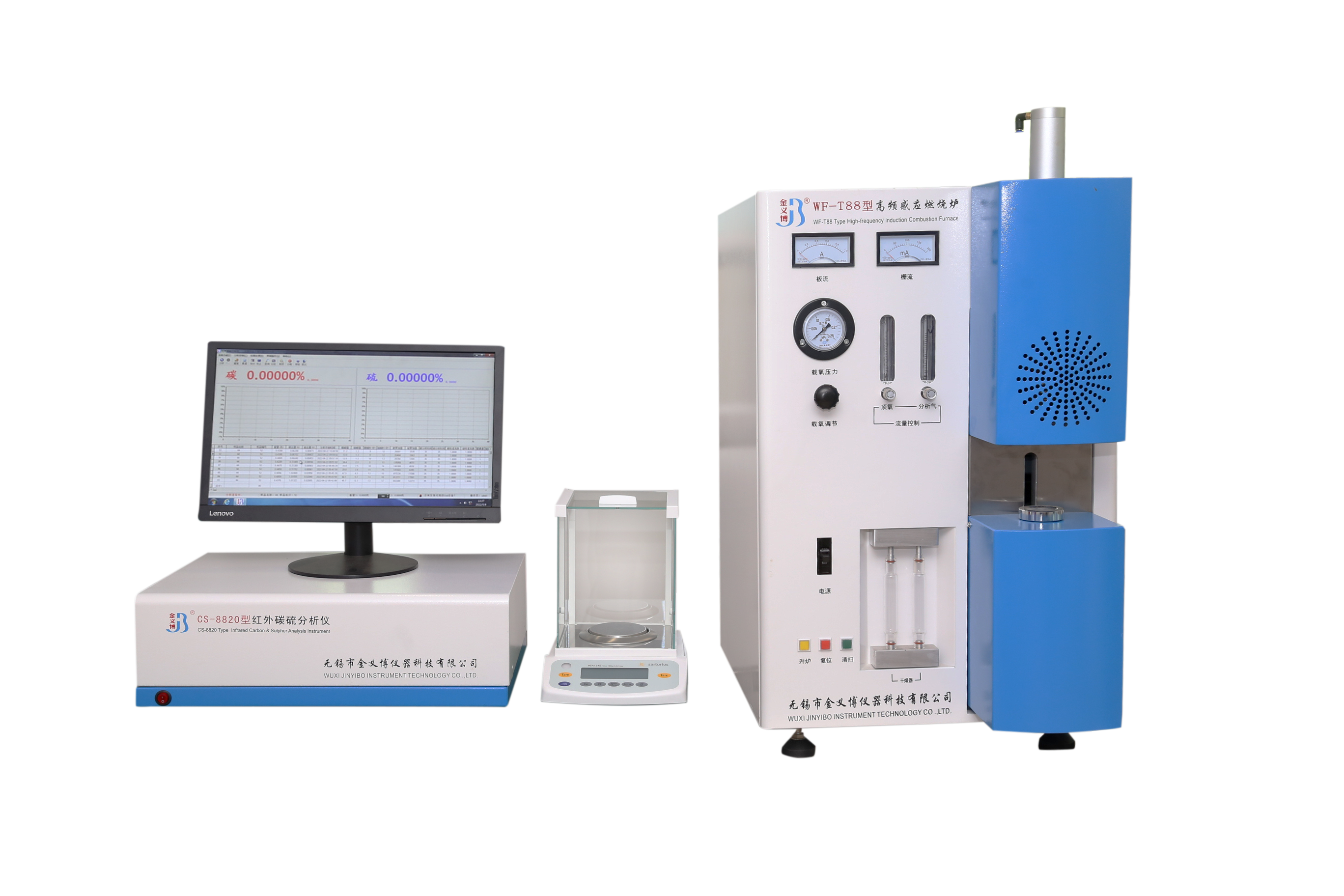Categories
Causes of deviations in carbon and sulfur analyzer data analysis
Aug 25 , 2022Causes of deviations in carbon and sulfur analyzer data analysis
Carbon and sulfur analyzer is a specialized instrument for analyzing carbon and sulfur. By analyzing the combustion accelerator, you can get more accurate results. However, some operational reasons may cause large deviations in the analyzed data. Let us see what these factors are.

1. Weighing the sample the weight of the sample is different, and the absolute masses of C and S contained in it will be different, which will cause the analysis results to fall on the area of the calibration curve of the instrument, which will cause the fluctuation of the analysis results, especially on the analysis instrument. This effect is more prominent near the lower limit. The theoretical basis of the infrared analysis method is Lambert-Beer's law, so the calibration curve usually shows an "S" shape. As shown in Figure 1, the lower and upper ends of the curve deviate from the linear range indicated by the dashed line. Taking a sample with a low content as an example (ie, the lower end of the curve), when the weight of the sample is large, the corresponding point of the absolute mass is Ca; when the sample is relatively small, the corresponding point of the absolute mass is Cb. It can be seen that Cb has deviated from the linear relationship indicated by the dotted line, so the obtained content result will be higher. For high-content samples, the situation is reversed and the analysis results obtained will be lower. In addition, different sample weights directly affect high frequency induction combustion. The combustion temperature and state of the carbon-sulfur meter are not only related to the power of the high-frequency furnace itself, but also to the amount of magnetically permeable material in the induction zone. The combustion temperature is not continuously constant. As the material melts and burns, the amount of induction gradually decreases. 2. Suitable sample quality For example, when analyzing some refractory substances (such as ferrosilicon), the added flux has a constant weight and a constant amount of heat. At this time, too many samples will cause the sample to burn incompletely. Carbon and sulfur release is incomplete.
3. Another factor that affects the stability of the analysis results is the amount of flux added, which is very significant when analyzing low-content samples. For example, when analyzing samples with a carbon and sulfur content of less than 15ppm, add 1500mg flux and 2000mg flux (the carbon and sulfur content in the flux are C≤8ppm and S≤5ppm, respectively) because the amount of flux added does not participate in the calculation of the analysis results Therefore, fluctuations in the amount of carbon and sulfur contained in 500 mg of flux were introduced between the two analyses. It is assumed that the content of carbon and sulfur in the flux is 3 ppm, and the sample weighs 500 mg. Due to the different weight of the flux, a deviation of 3 ppm is introduced.